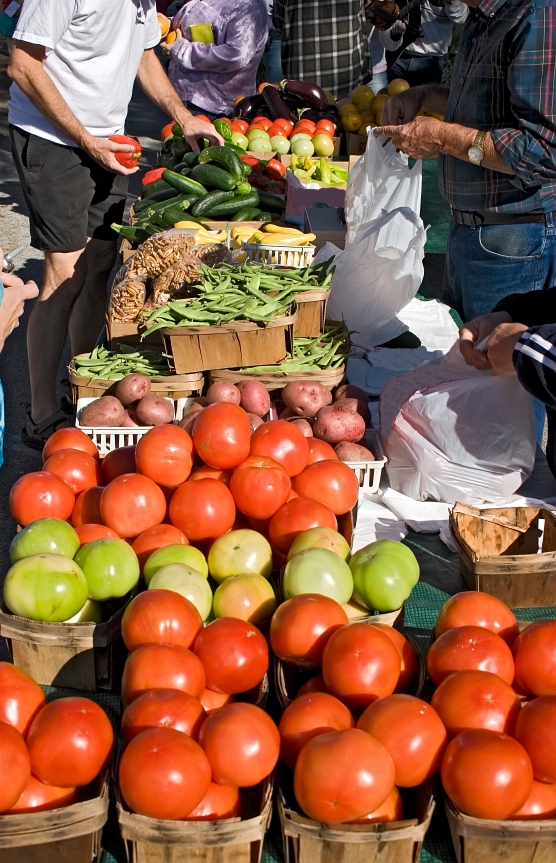PLANTING SPRING VEGETABLES
By Leonard Cicerello UCCE Master Gardener
Now is a good time to begin planning your spring vegetable garden. Plan it on paper before you begin. Select a site that receives at least 8 hours of full sun each day, is relatively level, well-drained, and close to a water source. Prepare the soil properly and amend and fertilize as needed.
For a spring garden, plant warm season vegetables that are recommended for your area. These vegetables grow best when average temperatures are 65° to 95°F. Begin planting after the danger of frost has passed. For coastal areas like Pismo Beach, frost danger has typically passed by March 11; for San Luis Obispo, March 27; For Paso Robles, April 18. Try to plant your garden close to your home. You are likely to spend more time working in your garden if it is easily accessible. Plus, you will not have to carry tools very far.
A few interesting techniques to use in the garden include growing vertically, succession planting, companion planting and intercropping. Grow vertically, if you can, instead of horizontally. Staking and tying crops such as tomatoes, cucumbers, and pole beans will maximize your available garden space. Succession planting is sowing seeds of a given crop at 1-2 week intervals to produce a continuous supply of vegetables, such as beets, beans or radishes. Companion planting is planting two different crops in the same place at the same time. One crop matures and is harvested before the other. Radishes and carrots work well this way because radishes can be harvested long before the carrots are too large. Intercropping involves planting early maturing crops between rows of late maturing crops to increase production in small spaces. Beans, radishes, green onions, spinach, or leaf lettuce can be planted between rows of tomatoes, peppers, or corn. However, do not let one crop shade out another.
